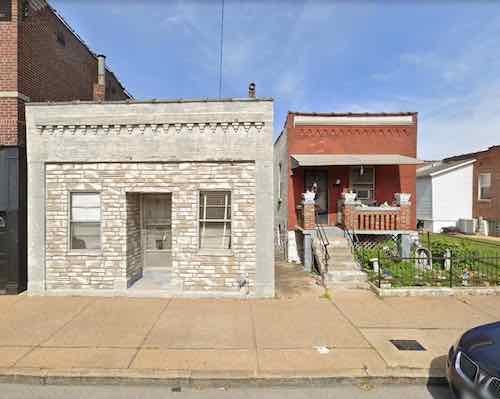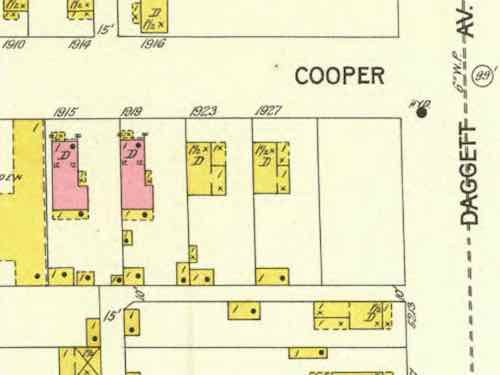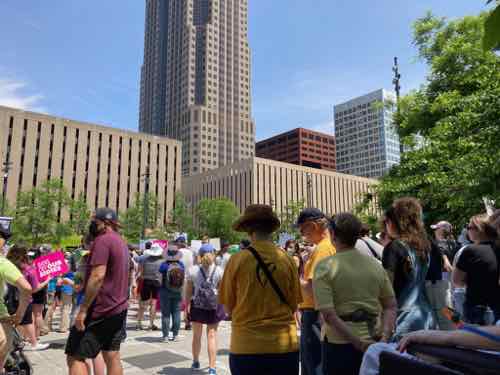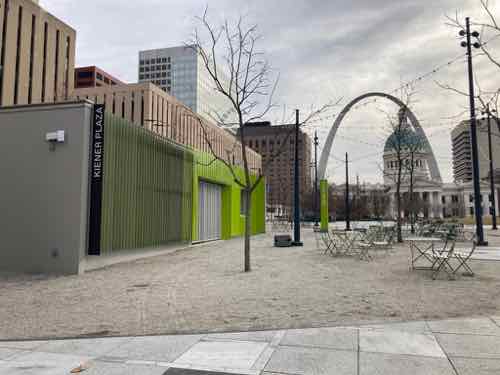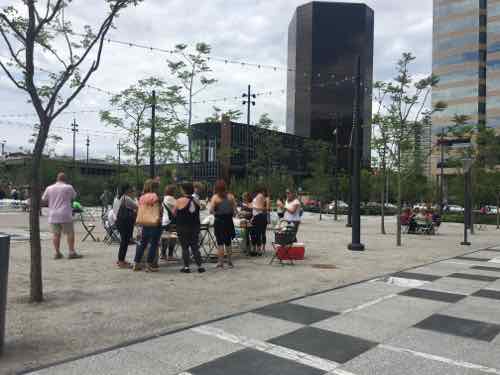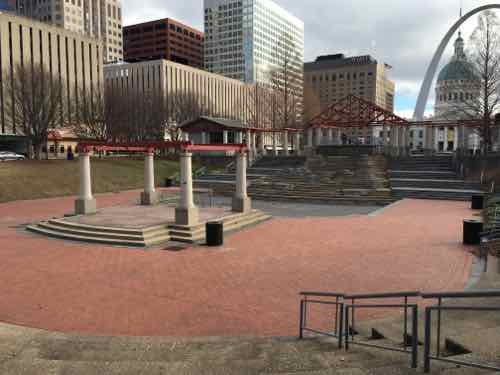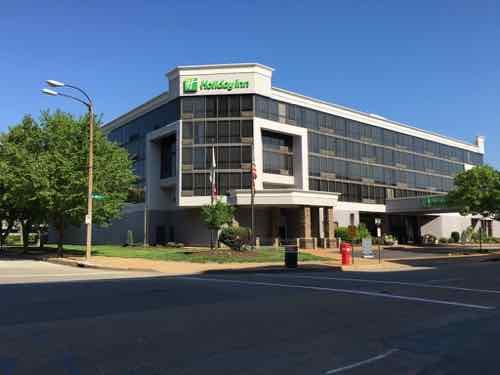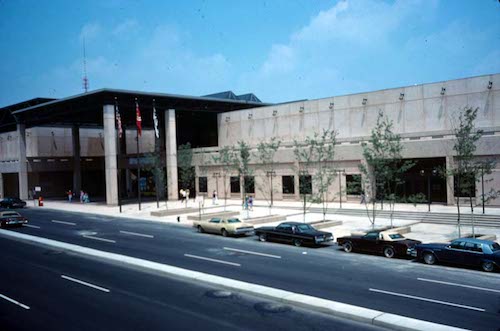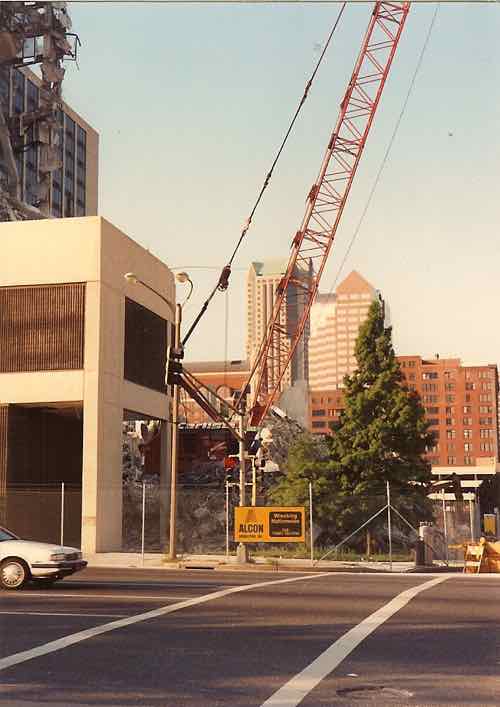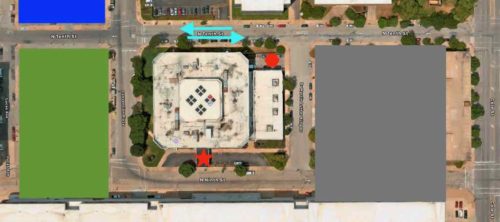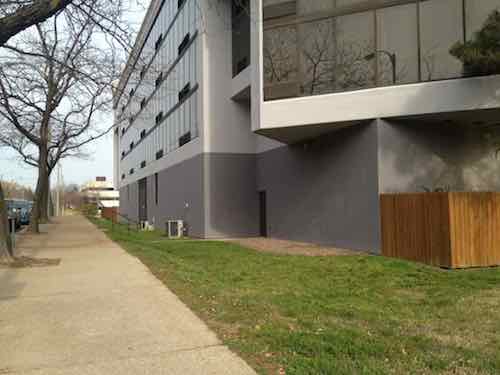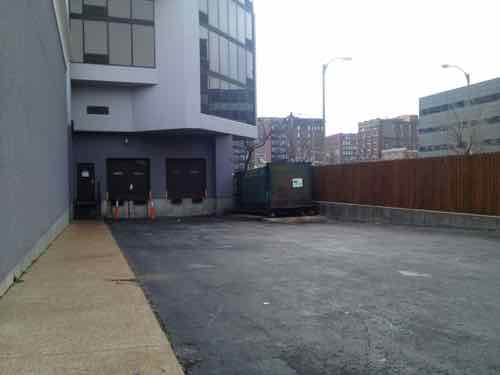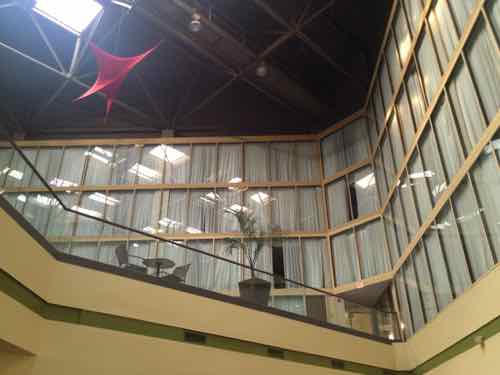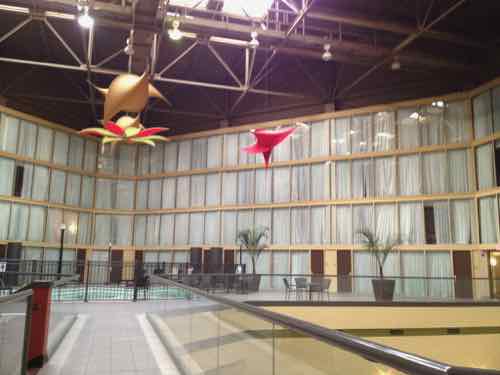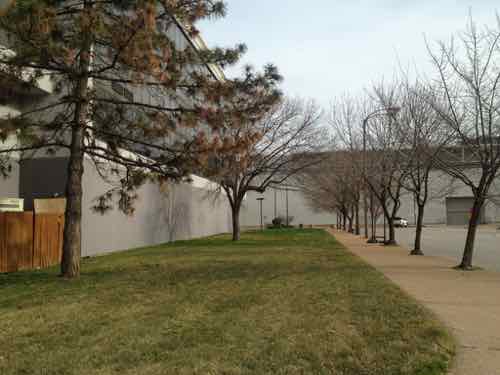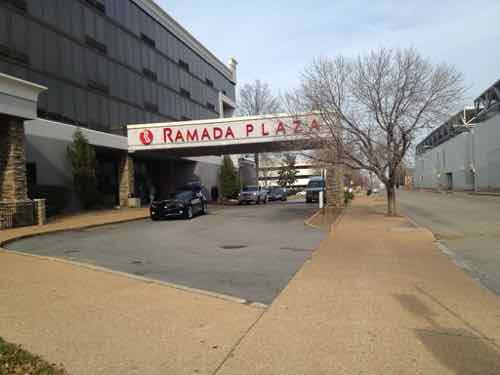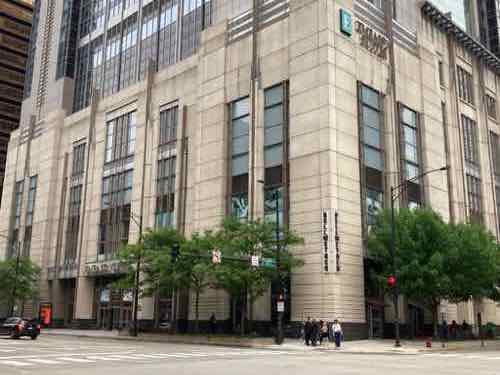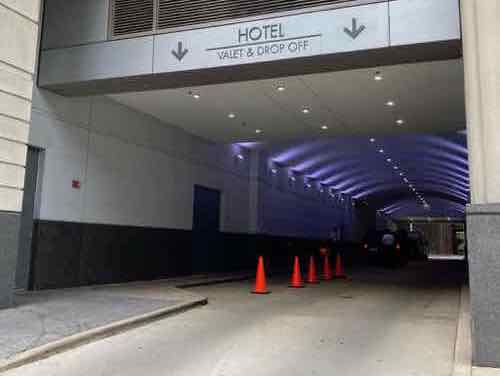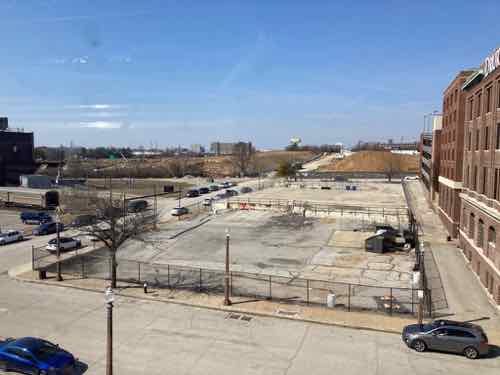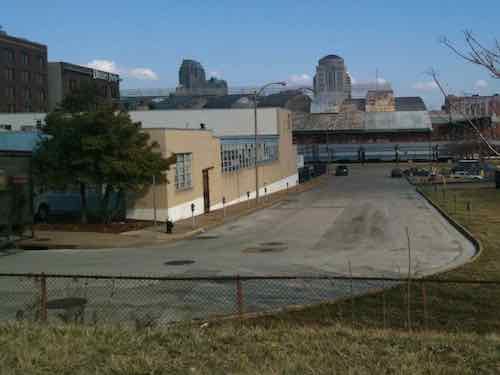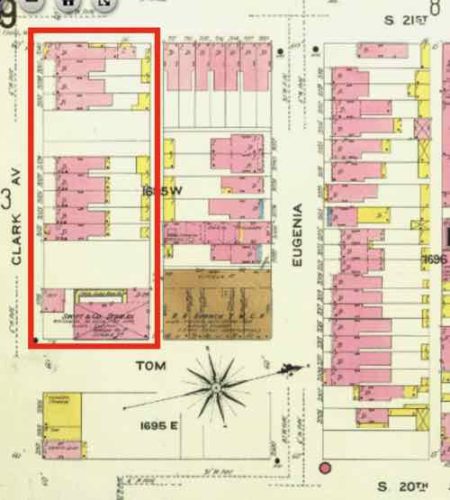North-South MetroLink Study Update Looking To Stay On Jefferson Avenue, Avoid Previously Planned Circuitous Route
The idea of a North-South MetroLink light rail line has been discussed for many years — too many. We’ve had a couple of studies and locally preferred alternatives over the 15+ year period. Currently Metro is looking at the most recent and “tweaking” it to make it work financially with the city funds from our transit tax. So when I heard this would be included in the Citizens for Modern Transit (CMT) June “Talking Transit” online event I immediately registered. It took place a week ago, but it’s online — link in a moment.
The last alternative was eastbound on Natural Bridge, coming south on Parnell/Jefferson to Cass (to include the large NGA workforce), east to 14th, eventually to 10th, back over to 14th, west on Chouteau, south on Jefferson.
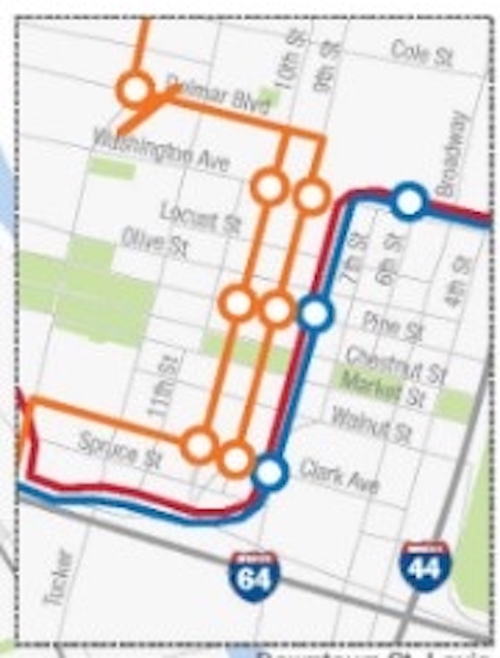
So basically on Jefferson north of Cass and south of Chouteau, but taking a highly circuitous detour to go through downtown — and briefly east of Tucker. The distance between those two points on Jefferson is 1.6 miles — in basically a straight line that would require no left or right turns.m
In a 2006 post I suggested a modern tram route on Jefferson, with a new MetroLink station where Jefferson crosses over the existing light rail line, so riders could transfer between lines. Well 16 years later they’re looking at doing basically just that — run in-street light rail on Jefferson with the addition of a MetroLink station at Jefferson. This was disclosed by Bi-State Development President & CEO Taulby Roach at 3:23 in CMT’s event a week ago (watch 0n YouTube).
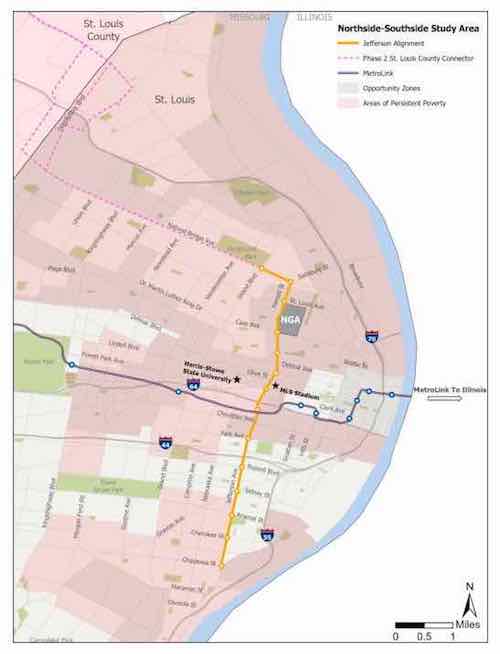
With the NGA, Centene Stadium (MLS) and planned new hotels (Jefferson & Market) this a hot corridor.
The rail wouldn’t be a tram in mixed traffic, it would be in a separate dedicated center section, still low-floor though. The vehicles for both are nearly identical. In-street light rail vs tram basically means dedicated right-of-way and fewer stops, to improve overall speed.
Obviously I’ve long thought a stop at Jefferson on the original MetroLink was a good idea — the distance between the Union Station & Grand stations is just so excessive. I often talk about focusing on corridors, not circuitous routes, and Jefferson is an obvious corridor for a transit project. It’s not a perfectly straight line, but it would eliminate a huge amount of turns.
Like previous North-South studies, the idea of going out west on Natural Bridge allows a future phase to connect into North County. This could help get county residents to employment opportunities at NGA, and in Downtown West/Midtown.
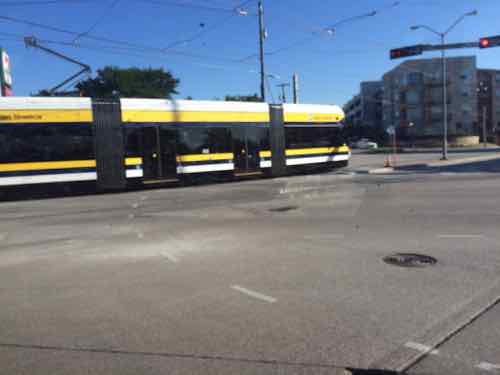
The study update is looking at the latest low-floor vehicles to use. Because of some tight points they’re looking at vehicles that could run for short distances on battery, with the usual catenary most of the distance. This is called off-wire. An example is the Brookville Liberty, in use in cities like Dallas, Milwaukee, and Oklahoma City. I have no idea which specific vehicles Metro is considering, but the technology to go without a catenary for a short distance is proven.
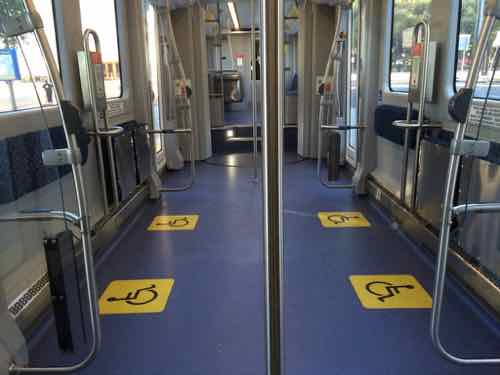
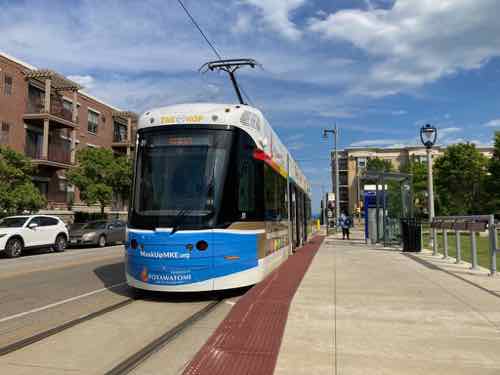
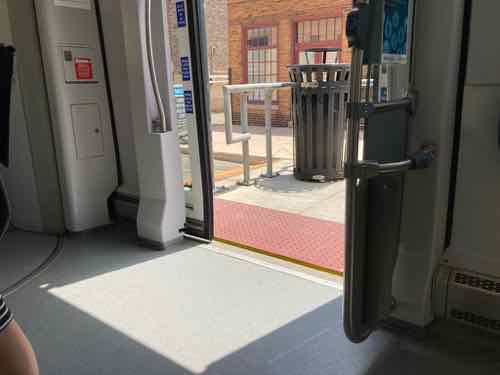
I’d hoped to have visited Oklahoma City by now and ride their Brookville Liberty vehicles., but rental cars & flights have just been too expensive. Again, I’m not sure what vehicles Metro is considering, this is the only off-grid vehicle I’ve ever ridden before.
In the CMT event on Zoom Taulby Roach indicated they’re planning on closed platforms — having to pass through a fare gate to reach the platform. This coincides with Metro’s platform project to install fare gates at all MetroLink stations in Missouri & Illinois.
Hopefully Metro’s latest look at North-South rail will result in actual construction, eventual operations.
Steve Patterson
